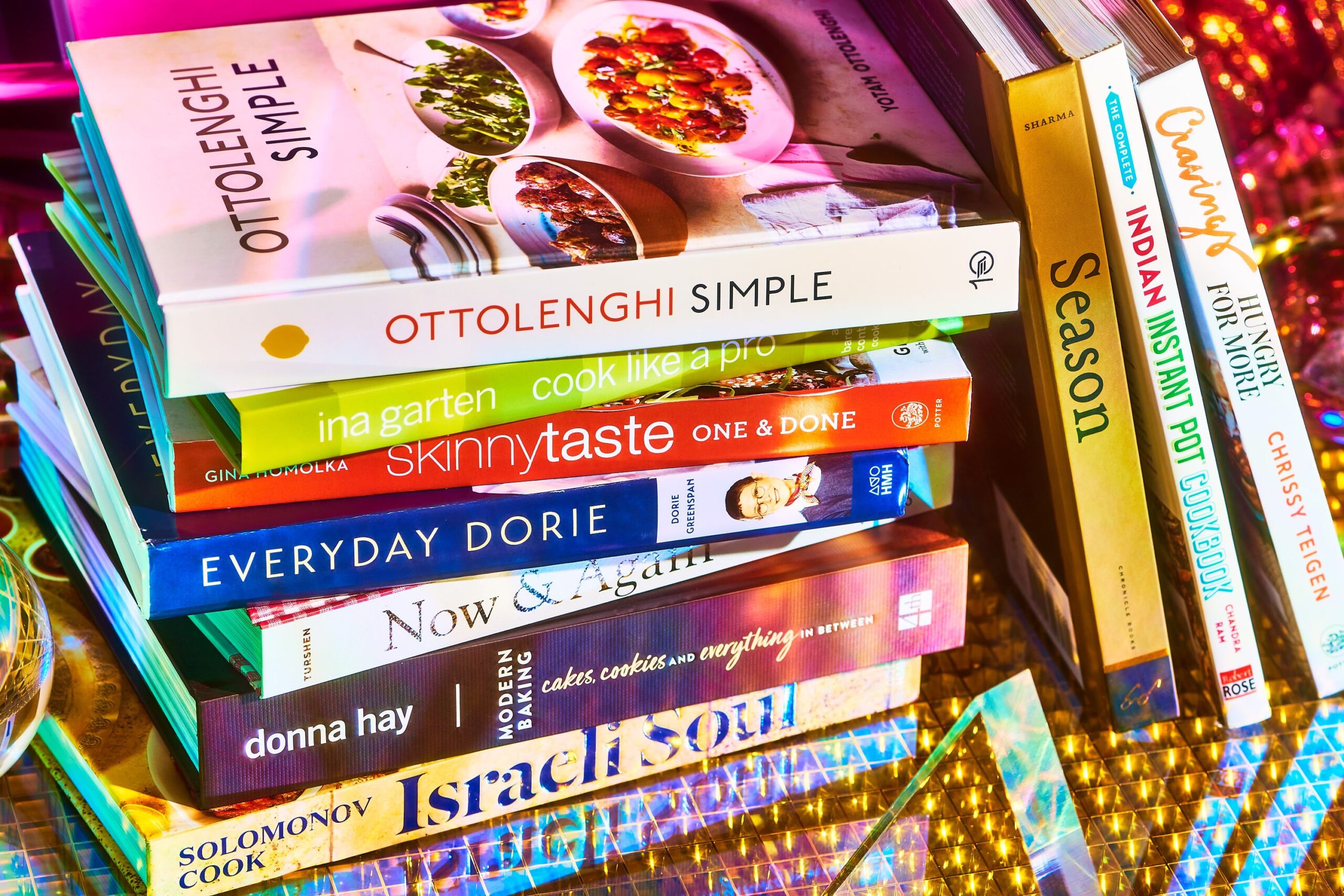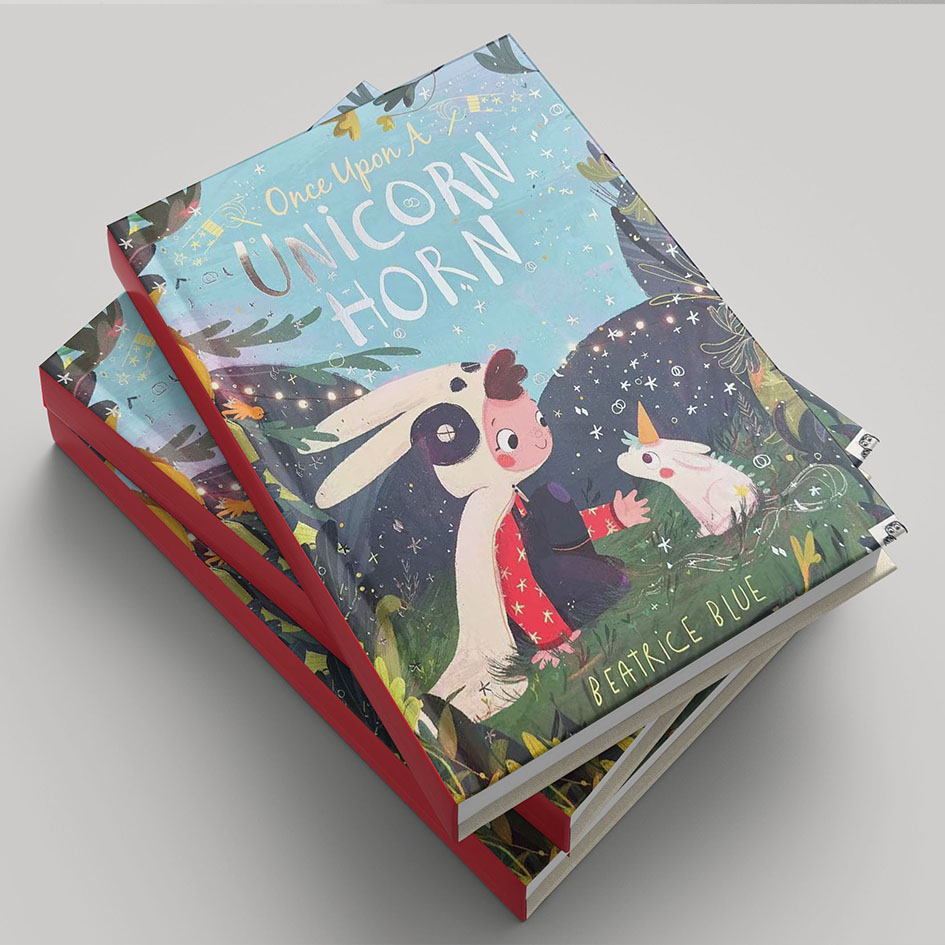Kakšen je namen tiskanih knjig?
In the era of digital entertainment and e-readers, it’s easy to overlook the enduring charm of physical books. However, as a book printing factory, we witness every day the appeal that traditional print books hold for readers worldwide. The experience of holding a printed book, turning its pages, and admiring its cover is simply irreplaceable.
Digital options are certainly convenient, but there’s a reason print books continue to thrive. This article explores the purpose of printed books, focusing on their tangible benefits, and why they continue to captivate readers of all ages. We’ll also share insights on what makes printed books a unique medium, especially for authors who want to make a lasting impact on their readers.
Let’s delve into the reasons physical books are irreplaceable and why they still hold a special place in our lives.
Kazalo
1. Tactile Engagement: The Joy of Touch
Digital screens may be efficient, but they don’t engage the senses the way a printed book does. The feel of turning each page, the texture of the paper, and even the faint scent of a freshly printed book create a sensory experience that draws readers in.
People are wired to appreciate tactile experiences, and books provide a unique physical connection to stories. The simple act of flipping a page activates engagement in a way that swiping on a screen never will.
2. Enhanced Comprehension and Retention
Studies have shown that people retain information more effectively when reading printed material. Physical books help readers focus and avoid distractions, a significant benefit in today’s digital world. The act of holding a book and physically turning its pages enhances comprehension, making it easier to understand and remember the material.
Reading print books involves a different cognitive process, which aids in memory retention. Readers tend to grasp concepts more thoroughly and recall details better when reading from paper compared to screens.
3. Better Sleep with Physical Books
One major downside to e-books is that screens emit blue light, which can interfere with sleep. Blue light exposure from screens suppresses melatonin, the hormone that regulates sleep, keeping you awake longer than intended.
Books, however, don’t emit any light, making them ideal for bedtime reading. Many readers find that reading a printed book helps them unwind and relax, promoting a restful night’s sleep without the disruption caused by screens.
4. Reduced Eye Strain
Reading from a screen can lead to eye strain, dry eyes, and headaches, especially during prolonged use. Physical books offer a welcome respite from these issues, as they don’t contribute to digital eye strain. Readers are also less likely to experience symptoms of “computer vision syndrome” with physical books, making them a healthier choice for avid readers.
The absence of harsh light and the ability to adjust reading positions comfortably are aspects that printed books provide without any added effort. For readers who are health-conscious, these advantages make a strong case for choosing print
5. Freedom from Batteries and Power Outlets
A printed book requires no batteries, no charging, and no Wi-Fi connection. When readers carry a physical book, they don’t need to worry about power levels, making it a reliable companion for travel, outdoor activities, or power outages.
Physical books allow uninterrupted reading without needing to charge or locate an outlet, giving them a versatility that digital devices can’t match. This independence from electricity is one of the practical reasons why print remains popular.
6. Beautiful Book Covers and Aesthetic Appeal
Book covers are an art form in themselves. Unlike e-readers, which display covers digitally, a printed book’s cover becomes a visual and tactile extension of the story. The artistry and design of a physical book cover provide an extra layer of meaning, making the book more memorable.
Book covers can also contribute to home decor. A well-curated bookshelf filled with beautifully designed covers can enhance the look and feel of a room, adding a personal touch to any space.
7. The Value of a Home Library
Printed books allow readers to create a personal library, showcasing their unique interests and personality. Over time, a physical library reflects a person’s intellectual journey, creating a legacy that digital collections can’t replicate. Unlike e-books, which can vanish with a single delete button, a home library preserves memories, inspirations, and insights in a tangible form.
Printed books also provide opportunities for rereading and sharing. Loaning a book to a friend or family member creates a special connection, something that digital formats struggle to replicate. Each book on the shelf tells a story beyond the one written on its pages.
8. Sharing and Passing Down Books
Sharing physical books with friends and family is easy, requiring no technical expertise. E-books, however, often come with restrictions, making them harder to share. The simple act of handing a friend a favorite book to borrow creates an authentic experience, strengthening bonds and sparking conversations.
Printed books can also be passed down through generations. Unlike digital files, which may become obsolete or lost due to changing technology, physical books maintain their relevance and can serve as treasured family heirlooms.
9. Nostalgia and Emotional Connection
The texture, smell, and sight of physical books evoke memories for many readers. Whether it’s the memory of a favorite childhood book or a special gift from a loved one, physical books hold a unique sentimental value. Reading a printed book connects readers with the past, triggering nostalgia that digital screens cannot replicate.
Physical books also foster emotional connections through their presence. They remind readers of where they read them, who recommended them, and how they felt when reading. This powerful, emotional resonance gives physical books a timeless appeal.
10. Environmental Impact and Sustainability
While e-books are often promoted as eco-friendly alternatives, physical books have sustainability benefits as well. Paper books can be recycled, repurposed, or upcycled, offering environmentally conscious readers options for sustainability.
Moreover, once a book is printed, its environmental footprint is set, while e-readers require electricity every time they’re used. Many readers appreciate that physical books offer an enduring experience with a fixed ecological impact.
Zaključek
In an increasingly digital world, the purpose of print books remains as relevant as ever. Physical books offer a sensory experience, an emotional connection, and practical advantages that digital options cannot replace. For authors and readers alike, print books provide a lasting, tangible form of storytelling, creating memories that can be shared, cherished, and revisited time and again.
Kot a tiskarna knjig, we see firsthand the demand for physical books and their undeniable appeal. We’re dedicated to bringing stories into the physical world, ensuring that the enduring charm of print remains accessible to all who cherish it. Whether you’re an author looking to publish or a reader building your personal library, physical books will always have a unique place in our lives.
pogosta vprašanja
1. Why do physical books seem to help with memory retention?
Studies suggest that the tactile experience of holding and turning pages, as well as the linear nature of print reading, helps readers retain information better. The lack of screen distractions also aids focus and comprehension.
2. Are print books more eco-friendly than e-books?
Both formats have their pros and cons. Physical books can be recycled, while e-readers require power and produce e-waste. Readers interested in sustainability can choose books printed with eco-friendly materials and practices.
3. How do physical books contribute to eye health?
Physical books reduce eye strain compared to screens, as they don’t emit blue light, which can strain eyes and disrupt sleep. Reading print provides a more natural and comfortable experience for prolonged reading sessions.
Knjigotisk
Novi izdelki
Zadnji blog

Koliko stane tiskanje knjige z mehkimi platnicami na 200 straneh?
Kot predana tiskarna knjig se zavedamo, da je pot samozaložbe lahko vznemirljiva in zastrašujoča,

5 najboljših varčnih načinov vezave knjig za uspešno tiskanje
Če se podajate v samozaložništvo, bo ena vaših glavnih skrbi iskanje ekonomičnih možnosti za tiskanje knjig

Koliko stane tiskanje knjige?
Samozaložba je vse bolj postala idealna izbira za pisce in ustvarjalce vsebin, ki želijo ohraniti nadzor nad svojim delom od ustvarjanja do prodaje. Za razliko od tradicionalnega založništva,

Zakaj bi morali izbrati tiskanje knjig na Kitajskem?
Zaradi naraščajočega povpraševanja po visokokakovostnem, a cenovno dostopnem tiskanju se številni založniki, avtorji in podjetja odločajo za tiskanje knjig na Kitajskem.
Kontaktirajte nas
- +86 13946584521
- info@booksprinting.net
- 8:00 - 22:00 (pon - ned)
Oznake
Komentarji
Sorodni blog
Poiščite najnovejše trende in splošno znanje na področju tiskanja knjig.

Kakšna vrsta papirja se uporablja za tiskanje knjig?
Če se podajate v samozaložništvo, bo ena vaših glavnih skrbi iskanje ekonomičnih možnosti za tiskanje knjig

Koliko stane tiskanje knjige s trdimi platnicami?
Ko razmišljamo o stroških tiskanja knjige s trdimi platnicami, se številni avtorji in založniki soočajo z izzivom, kako uravnotežiti kakovost in cenovno dostopnost.

5 ključnih prednosti tiskanja knjig na zahtevo za avtorje in bralce
Če se podajate v samozaložništvo, bo ena vaših glavnih skrbi iskanje ekonomičnih možnosti za tiskanje knjig

koliko stane tiskanje knjige
Ko se lotijo tiskanja knjig, je eno prvih vprašanj, s katerimi se soočijo avtorji in založniki, koliko stane natis knjige? Stroški tiskanja knjig se lahko zelo razlikujejo glede na številne dejavnike, kot so vrsta knjige, količina natisa,





